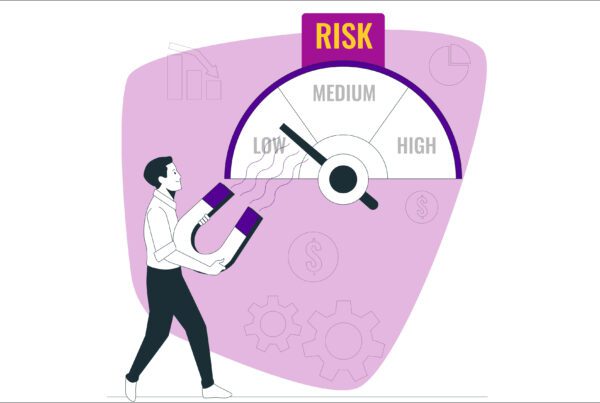Affiliate marketing fraud can damage brand reputation, increase advertising costs and generate client chargebacks.
The last few decades have witnessed a drastic evolution in affiliate marketing, for it has matured beyond what brands and marketers would have imagined in the past. It has become the most sought-after way to advertise the brand, generate traffic, and attract customers.
Affiliate marketing has methodologically evolved as a sophisticated channel backed by intelligent analytics proving its value by acting as an omnipresent channel at all customer touchpoints. But being omnipresent has its unique set of challenges when we talk about brand safety and digital fraud.
With the increase in affiliate marketing popularity, the chance of encountering fraudulent activity also increases, thus damaging the brand in many ways. The trouble comes when the affiliates’ actions are being paid for are fake, but real commissions are paid out to fraudsters. This drains the marketing budget and puts a brand reputation at risk by getting involved with wrong affiliates and hurts the overall campaign for a brand.
Every brand needs to ensure that brand safety is the core tenet in their partnership with their affiliates. The reason is that the customers engage with the brand through partners, but they place their ultimate trust in the brand. The partner’s wrong positioning of the brand (luring customers on the pretext of fake coupons, redirecting to adult sites, stealing information) may damage the brand considerably.
Monitoring and prevention of fraud, including affiliate fraud, should be the top priority for any brand. While brands have much to gain from the symbiotic relationships with their strategic partners, monitoring the same should be an always-on process employing both automated and manual action.
The How
Any affiliate link which leads a consumer to unseemly domains can misrepresent the brand in the wrong limelight. The brand reputation is at risk, but other consequences also arise in terms of excessive spending because fraudsters are gaming the system and cannibalizing other channel efforts.
In some cases, the court ordered a brand to pay $12 million in restitution for indulging in affiliates who intentionally promoted their products on fake sites with false claims and free offers that never materialized for users. In many cases, counterfeit actions are generated by bots that direct a computer to another site, fill a form, or even purchase a product, mimicking human behavior. This is also called Click farm, another tool used by fraudsters in affiliate marketing.
Brands take them as precious affiliate partners in today’s era of social media influencers. Little do they know that not all influencers are equal or accurate. Influencer fraud means that when fraudsters have inflated their numbers (followers, engagement numbers, etc.) to portray themselves as lucrative partners. They tend to charge high premiums for promotional ads, but the outcomes are not significant because their followers aren’t real.
To conclude, the only prevention of affiliate marketing fraud is early detection and stopping fraud before it causes significant damage. Investing in fraud solutions and tools helps bridge the gap and generate insights in real-time by validating affiliates and eliminating fraud.





